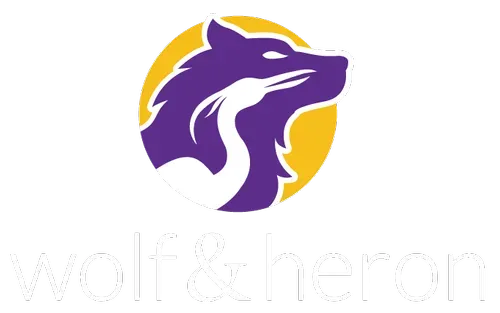How to Gather Input from a Working Group

When organizing a working group meeting, often the reason for gathering is to collect input and expertise from your members. This is important because working groups and cross-functional teams are most powerful when the expertise of the group is effectively leveraged. The trick is figuring out how to capture that input in a way that is productive.
Recently Stephanie was working with a client, Rachel, who wanted to collect input from her working group participants, but she had a couple of concerns:
- She felt like she was the most “junior” member of the working group, so she didn’t feel empowered to “ask” for anything from the participants; she felt uncomfortable making her participants “work.”
- She knew that if she gave participants “prework” ahead of the meeting, no one would do it.
- She was afraid that the same three voices would end up dominating the conversation.
To address these concerns and gather input productively, they focused on three things:
People like to be useful
People like to be able to offer value. To that end, making participants “work” in a meeting is part of what gives that meeting meaning! Once Stephanie reassured Rachel that the literal act of asking participants to “work” during the meeting would be what made them feel like the meeting was a good use of their time, they moved on to focus on Rachel’s other two concerns.
Build time to do the prework into the meeting
Assigning prework can be a strategic part of meeting design because it can help get participants into the right mindspace, or more importantly, get them to gather information that will be relevant to a decision that will need to be made during the meeting. If the culture of the working group is such that participants simply won’t do any prework, then part of your meeting design plan needs to be to literally use the time to gather that information. Participants have blocked that time on their calendar to work on the stated goals of the working group, so they’ll be more willing to use it to be productive. Once the relevant information has been collected, the working group can move on to making a decision or innovating.
Explicit structure to the conversation will democratize the voices
When it comes to navigating the loud voices in the room, one of the best strategies you have is to be really explicit about how you structure the conversation. The more open-ended and loose the conversation is, the more likely the loud voices will dominate. One trick is to pre-think exactly what questions you want answered, and put them into a worksheet of some kind. It can be fun, when in person, to blow up the worksheet to a poster-sized document, and have groups of 3-5 work on completing it together before reporting out to the rest of the room. When in a virtual environment, consider creating shared documents that can be edited in real time by groups of 3-5. In either case, your structure helps ensure that all voices are heard. Plus, as a bonus, you’ll end up with a set of artifacts that you can then use in your follow up and planning for next time.
What are your favorite ways to gather input?
This article is Part 3 of a 3-part series on planning and leading your working group meetings.
Here is the full set of articles from the series:
Recent Posts





